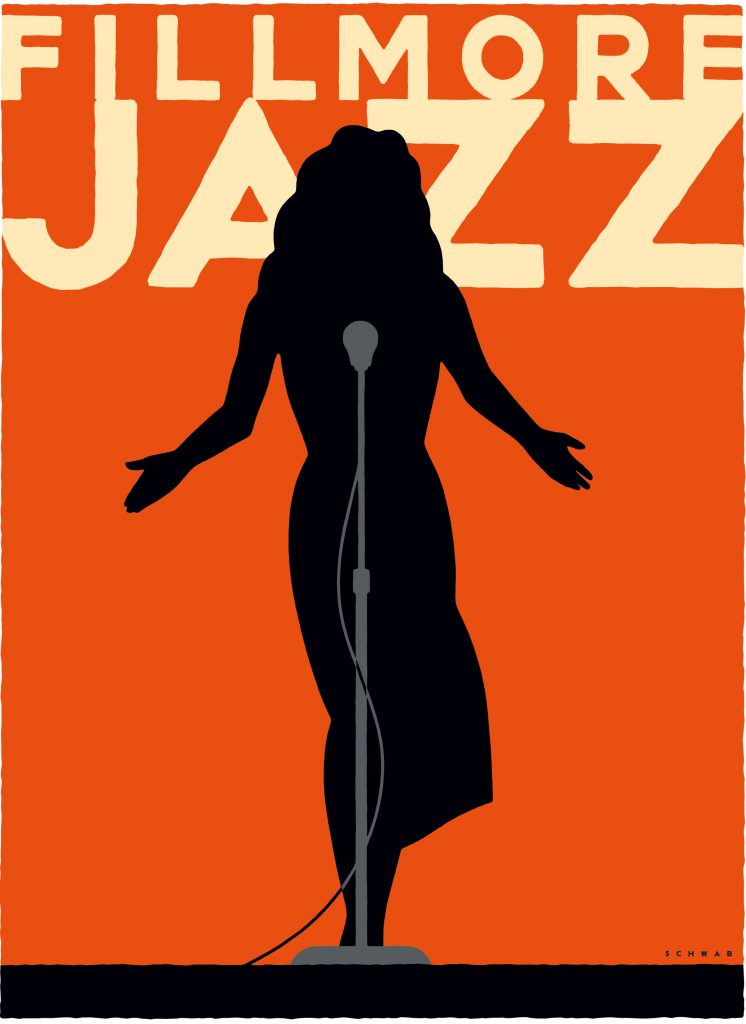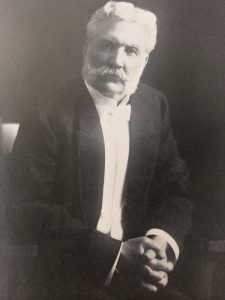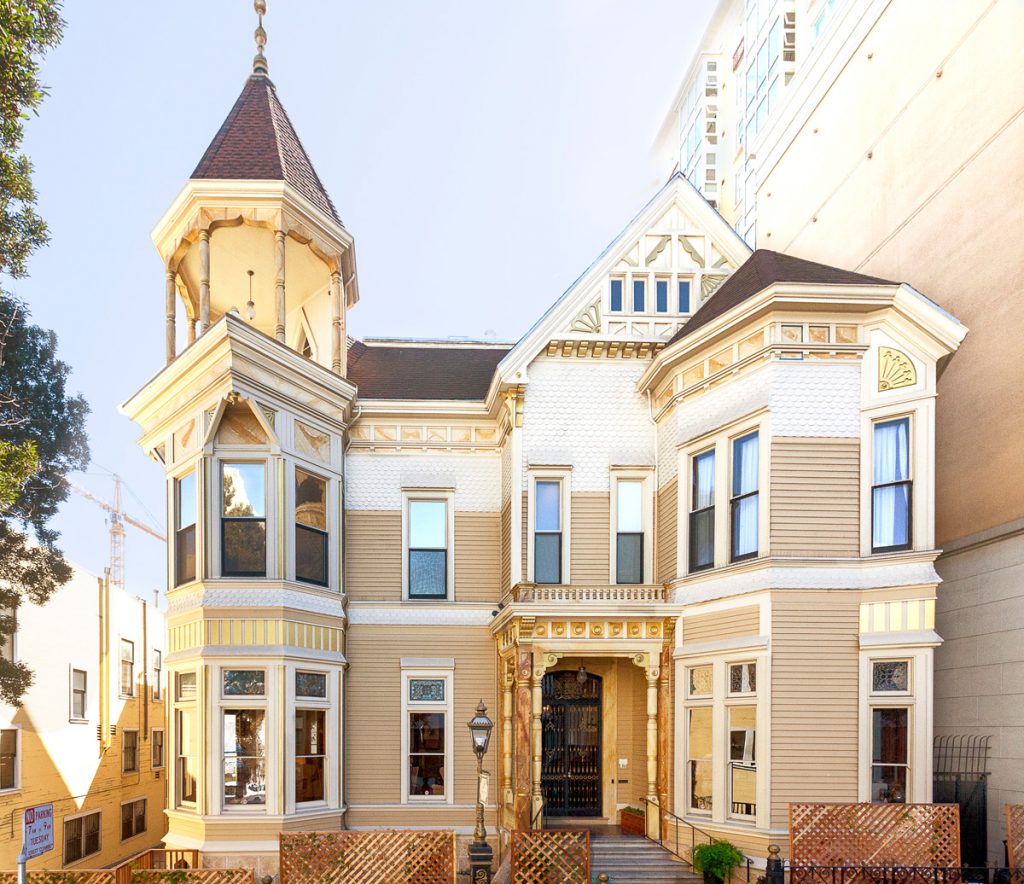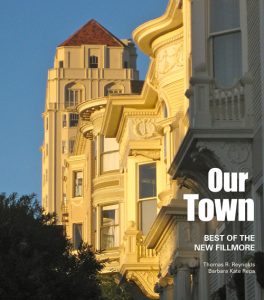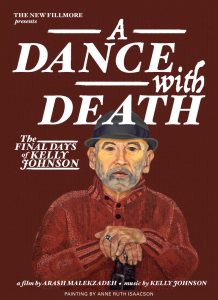LANDMARKS | BRIDGET MALEY
The Payne Mansion at 1409 Sutter Street, on the south side of Sutter between Franklin and Gough, is a distinctly visual reminder of the city’s Victorian past. Recently renovated to accommodate the boutique Payne Mansion Hotel, the building was constructed in 1881 and survived the 1906 earthquake and fire. It was designed by the architectural collaboration of two brothers-in-law, William F. Curlett and Theodore Eisen.
Mary Pauline O’Brien was the niece of the Comstock “Silver King” William S. O’Brien, who made a fortune in the Great Bonanza as an investor in the Consolidated-Virginia Mine in Virginia City, Nevada. When he died in 1878 at age 53, Pauline O’Brien Payne inherited a chunk of her uncle’s estate. Married in New York City by Cardinal McCloskey on July 21, 1880, Mary Pauline and Theodore F. Payne quickly set about planning for a lavish San Francisco house. The March 1882 edition of the California Architect and Building News noted that a two-story plus basement frame house was being designed by architects Curlett and Eisen, and constructed by contractor Creighton, at a cost of $16,500.
Interestingly, the building contract for the Sutter Street home was listed under Mrs. Payne’s name, indicating that indeed it was her money financing its construction. Her name was also listed as the owner of the lot on which the house stands. It is rumored that Pauline O’Brien’s generous inheritance carried a stipulation that it never be under the control of a future husband — although Theodore Payne, a successful manufacturer of nuts and bolts, was not at a loss for his own money.
Architect William Curlett was born in Warrenpoint, Ireland, in 1845 and trained in architecture in Ireland and England prior to immigrating to the United States.
He came to San Francisco for a short time in 1871 and then moved to Los Angeles, where he played a role in the design of St. James Park. Returning to San Francisco, Curlett went on to design a number of extravagant residences, including both Crocker mansions on Nob Hill and James Phelan’s summer estate, Montalvo. He also designed courthouses in both Los Angeles and Fresno counties and numerous San Francisco commercial buildings, including the Shreve Building at Post and Grant.
The September 1883 edition of the California Architect and Building News announced another project by Curlett, this time with architect partner Walter Culbertson. The house, an incredibly elaborate three-story mansion, stood at the corner of Van Ness and Washington and was constructed for Porter Ashe at the astounding cost of $100,000. Unlike the Payne Mansion, the Ashe mansion did not survive when the U.S. Army dynamited Van Ness Avenue in 1906 to create a firebreak.
In addition to Culbertson and Eisen, Curlett had several other design partners during his career, including William McCaw, an old friend from Belfast; Aleck Curlett, his son; and Augustus Laver. Curlett was a Bohemian Club member, as well as a Mason. His peers selected him chairman of the advisory board for San Francisco’s Panama Pacific International Exposition of 1915.
The Paynes engaged Curlett on a number of occasions, including the design of several commercial buildings. Finally, in 1906, after seeing the ravages of the earthquake and fire, they relied on Curlett to design an extensive Italian villa as their country estate on 40 acres in the popular Fair Oaks section of Menlo Park. Theodore Payne died in 1907 and never saw his completed villa. Today, the home is part of the Menlo School.
The Paynes’ Sutter Street mansion was grand in a very Victorian way. It was an easy mix of Stick Style with the more modern, at the time, Queen Anne Style. It included an elaborate side elevation porte-cochere, an octagonal turret with an open air porch, multiple street-facing bay windows, wood shingles and siding of varying sizes and shapes, as well as chimneys with decorative brickwork. Pictured in Artistic Houses of California circa 1888, the house had modern plumbing and heating as well as elaborate interior finishes.
While the porte-cochere has been lost and some of the interior was remodeled for a 1980s jewelry store, the building is remarkably intact. Highly detailed oak paneled walls, inlaid floors and ceilings of what appear to be Lincrusta, a deeply embossed wall covering, still adorn the front reception rooms.
Mary Pauline O’Brien Payne gave up the Sutter Street house sometime around 1909 and spent a number of years at the Menlo Park estate, which she sold just eight months before her death. She spent her final days in New York, the city of her birth, near two of her children, and died there in 1922.
After the Paynes, Edgar and Ida Anderson and their daughter Marion lived at 1409 Sutter Street. By 1933, the building was occupied by the Japanese YMCA. Karl Lengfeld, an antique dealer and interior decorator, used the house for commercial purposes from about 1940 into the late 1960s. For many years it was the headquarters of the San Francisco Medical Society.
The building’s new use as the Payne Mansion Hotel, with 10 guest rooms and public spaces on the ground floor that can be rented for events, will enable visitors to experience a Victorian-era landmark firsthand.
Filed under: Bridget Maley, Landmarks


